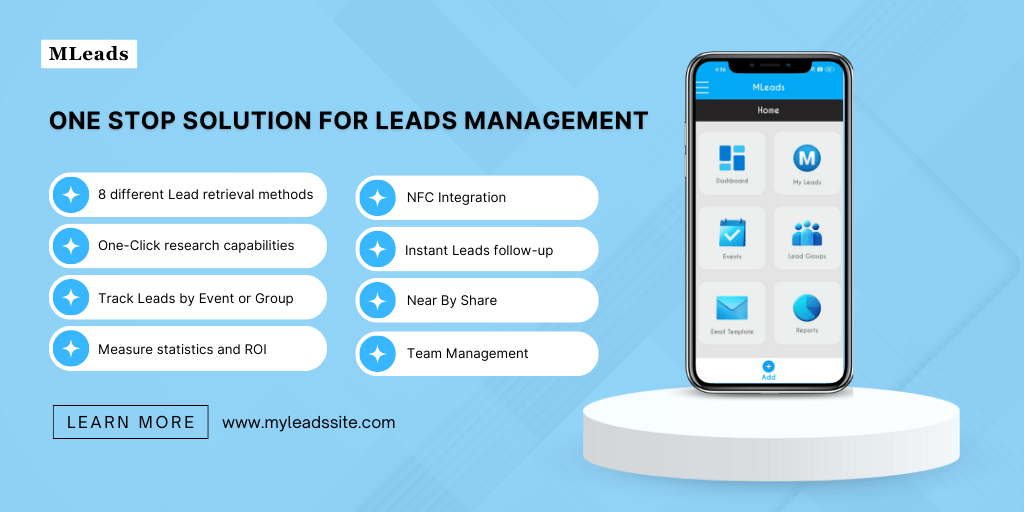It is very possible that during the last years you have heard about the leads and the great importance they have for your business. As we know that the terminology of digital marketing is endless and it is possible that you do not have the meaning of the concept very clear, today we want to tell you what a lead is and why your company needs them.
The term lead is used to define those contacts who have provided us with their data through our landing pages and who have become part of the company’s database.
We could say, then, that the leads are users who, voluntarily, have decided to be part of our database.
How are these leads generated?
Well, many times the user decides to bring you an asset as important as your personal information because in exchange you are offering something. We are talking about the exchange of all life, but digitized. That is, we give you valuable content and, in exchange, he provides us with his data.
From here we already draw a first conclusion: to generate leads it is necessary to create content that is really interesting for our target.
MLeads allows you to capture leads 8 different ways!
What types of leaders are there
Once the user has downloaded content from our website, it is considered a lead. But, be careful, not all leads are the same. Each lead will be defined by the user’s profile, interests, and location in the purchase process.
We can classify the leads into the following categories:
Lead
Content has been downloaded, providing us with your basic information. It is a user who is still far from becoming a final customer.
Marketing Qualified Lead
The user who has shown us interest repeatedly. To find out if these types of leads are a real business opportunity, you can send them different forms that help you better define your needs. This type of leads is located in the middle part of our conversion funnel (MOFU).
Sales Qualified Lead
They are located in the “Bottom of the Funnel”, that is, they are already very ready to buy. These leads have been advancing through the marketing funnel and are the ideal target to make the purchase of our products or services.
MLeads allows you to Qualify Leads by custom lead qualifiers.
What to do with the leads?
Capturing a lead is only the first step of our sales process. Once we have the user’s information, we must implement certain actions that will lead us to convert the lead into a client. We tell you how!
To find out which stage of the purchase cycle our lead is in, we recommend you to ask yourself certain questions that will be very useful for you:
• What type of client (buyer person) does my lead represent?
• What kind of content has been downloaded in exchange for your personal information?
• Have you done more actions on my website? Which?
The answers to these questions will help us to better understand what are the needs that we must cover in the case of each user. Once this is defined, there are two strategies that you have to immediately put in place: Lead Nurturing and Lead Scoring. Let’s see what each one of them is about!
Lead Nurturing
An inbound marketing technique that aims to create a valued relationship between user and brand. That is, Lead Nurturing is based on a set of multichannel actions that are carried out throughout the purchase process to convert potential customers into real customers. According to a Sherpa Marketing study, 73% of the leads we capture never become customers, so it is really important to provide each lead with the content of value that it needs at each moment. MLeads allows you to Nurture lead by taking custom follow-ups and schedule tasks to never miss out on prospects.
Lead Scoring
It is about giving a score to the Lead according to the actions that are carried out. That is, if the lead interacts a lot with our page or contents, it will get a higher score. In this way, we will know which users are closest to closing the purchase cycle.
As we have seen, having a large number of leads and pampering them appropriately with the content they need at each moment is essential.
Basically, it is a matter of statistics: the greater the number of leads, the more possibilities to get new customers. Easy, right?
We hope you have been a little clearer about what a lead is and how it can be beneficial for your company.
And you, have you already begun to capture leads? How have your results been?
Tell us about your experience in the comments section! And if you have not yet started in capturing leads and you need a professional to advise you, get in touch with us and we will be happy to help you!




